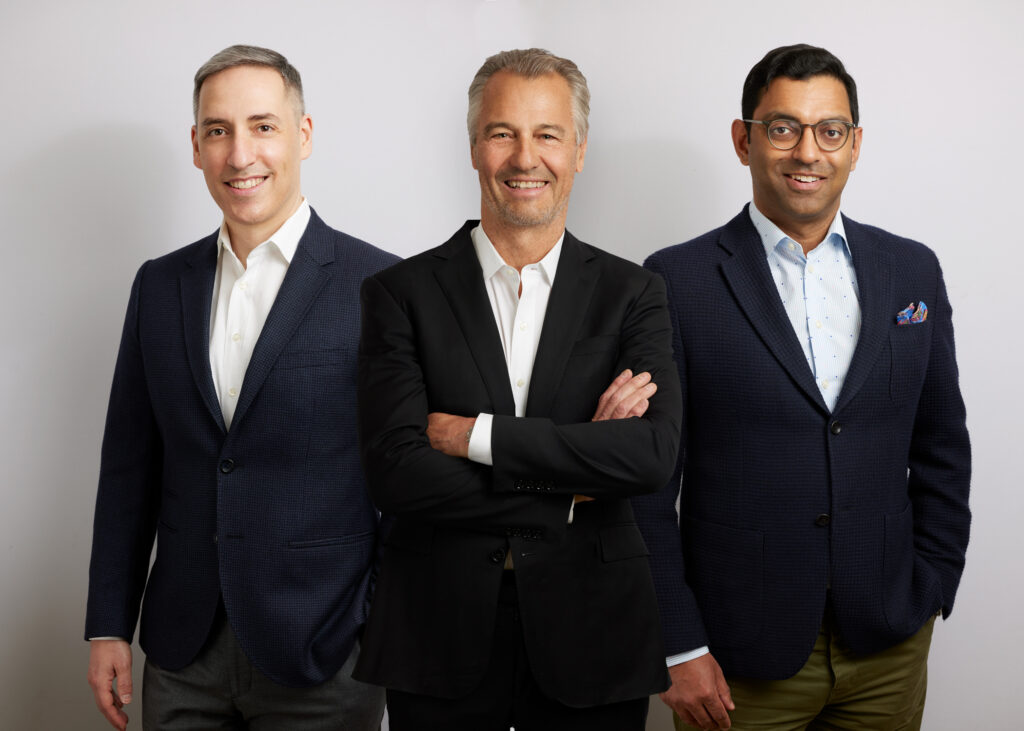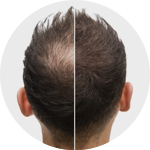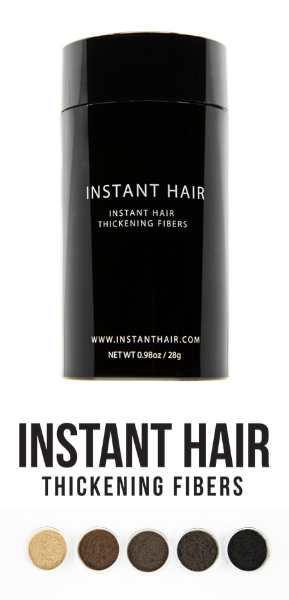Essential Guide to FUE
We’ve gathered the most notable information about Follicular Unit Excision into one place for you. FUE is an innovative and natural-looking hair transplant option which has become the more popular and sought after choice since its introduction to the world of hair transplantation.





















